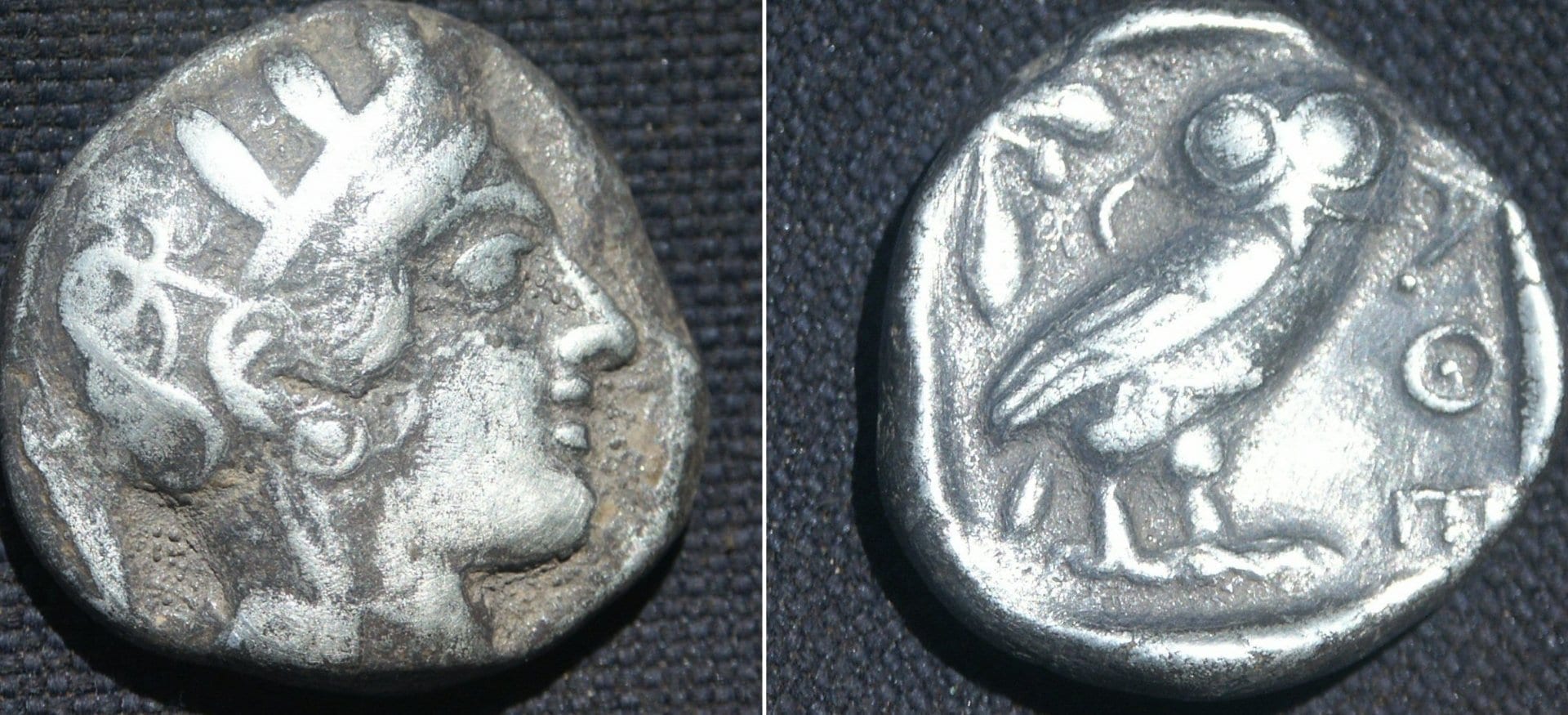
The Persian Period
Evidence of settlement during the Persian Period in the Ramat Hanadiv region was found in Horvat ‘Aqav and Horvat Eleq. The excavations in Horvat ‘Aqav revealed clay utensils and a metal fibula (decorative pin), dated to the Persian Period, and a number of figurine shards including two shards of a “horse and rider” figurine. These finds indicate the existence of a settlement with a nearby religious ritual site.
The excavations in Horvat ‘Aqav revealed wall tops dated to the Persian Period; some were found next to the peripheral wall of the site. These excavations also revealed many clay utensils from the Persian Period, including mortaria, jugs with basket handles, pinched lamps, vials, eastern-Greek ceramics and other types, providing evidence of the characteristics of the site and the local settlement.
From the destruction of the First Temple by the Babylonians (586 BCE) until completion of the Persian conquest of the Babylonian Kingdom, in 539 BCE, the Land of Israel was under Babylonian rule. This situation changed with the Koresh Declaration in 538 BCE, which gave the Jews in Babylon the right to immigrate to Israel and establish a Jewish autonomy. The end of the period, named after the Persian Empire, culminated with Alexander the Great’s conquests in 332 BCE.
